Disclosure: This article contains affiliate links. We may earn a commission from purchases at no extra cost to you, which helps our travel content.
The morning bells of São Francisco de Assis church pulled me from sleep just as they've done for locals for centuries. From my window, the undulating terracotta rooftops of Ouro Preto stretched across the valley, bathed in that distinctive Brazilian morning light that seems to gild everything it touches – a fitting atmosphere for a city whose name literally means 'Black Gold.' After decades of traversing the globe for both professional investigations and personal adventures, I've developed an eye for places where history and authenticity haven't yet surrendered to tourism. Ouro Preto, nestled in the mountains of Minas Gerais, is precisely such a treasure.
Navigating the Cobblestone Labyrinth
Ouro Preto wasn't built for convenience – it was built for gold mining in the 18th century, with streets that follow the contours of the mountains rather than any logical grid. My FBI training taught me to map terrain quickly, but even I found myself pleasantly lost during my first days here.
The steep, uneven cobblestone streets demand proper footwear. I learned this lesson the hard way when my standard travel shoes left my feet aching after just one day of exploration. Investing in a pair of sturdy walking shoes made all the difference – the grip handles the slippery colonial stones even during the afternoon rain showers that frequently sweep through the mountains.
'Each neighborhood has its own personality,' Dona Conceição told me over coffee at her small padaria on Rua São José. She's lived here for 72 years and insists that understanding the city's layout is essential. 'Tourists stay in Centro, but life happens in Antônio Dias and Pilar.'
She's right. While the historic center dazzles with its baroque churches, the adjacent neighborhoods offer glimpses into authentic daily life. Here, locals gather at corner bars serving ice-cold Brahma beer alongside home-cooked petiscos (Brazilian tapas) that you won't find in guidebooks.
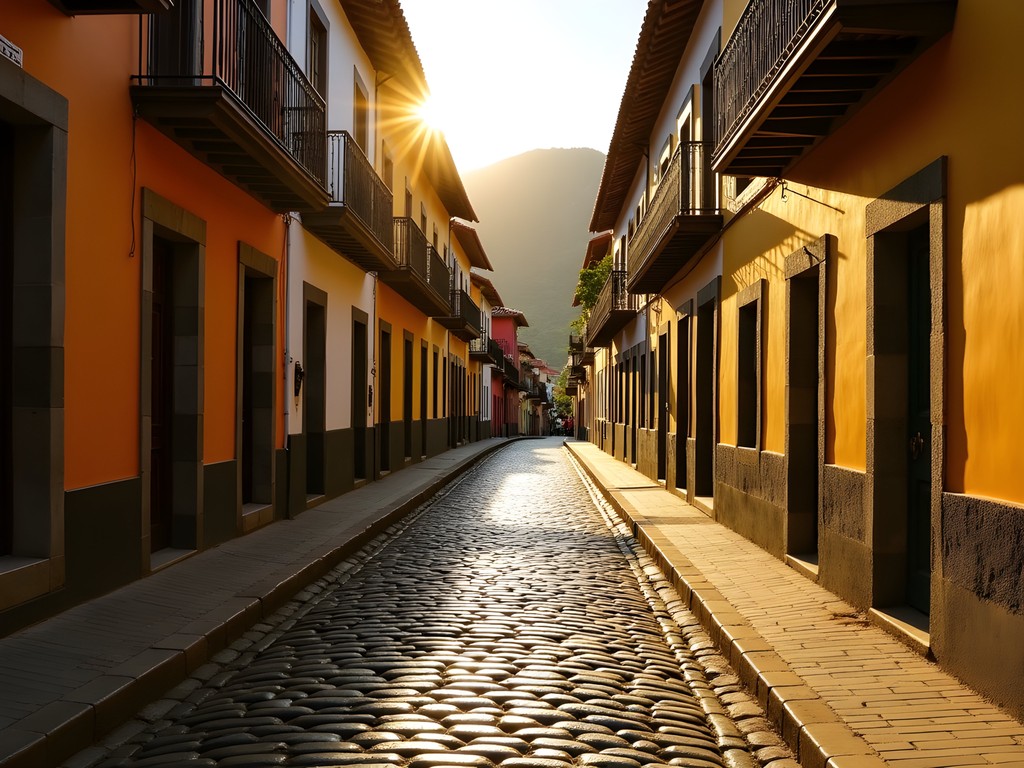
💡 Pro Tips
- Skip the tourist maps and download Maps.Me with the Minas Gerais offline map – it shows the hidden staircases between streets that Google Maps misses
- The steepest hills are in the western part of town – plan your daily routes to end downhill, not uphill
- Local buses cost just R$4.50 and can save your legs on the steepest climbs – look for the circular 'Centro' routes
Living Room Legends: Finding Authentic Local Cuisine
In my years tracking international cases, I learned that food is often the most direct route to understanding a culture. In Ouro Preto, this means diving into Mineiro cuisine – the hearty, soul-satisfying food of Minas Gerais that rarely appears on international Brazilian menus.
'Our food isn't fancy, but it tells our story,' explained João, a third-generation miner turned restaurant owner, as he served me a steaming plate of feijão tropeiro – beans mixed with cassava flour, eggs, and pork. His restaurant, Cantina do Mineiro, operates from what was once his grandmother's living room, tables spread through what used to be family quarters.
The best meals in Ouro Preto aren't found in tourist-facing restaurants but in casas de família – family homes that open their doors as informal eateries. These places don't advertise and won't appear on TripAdvisor. You'll recognize them by the small chalkboard signs or simply open doors around lunchtime, with the scent of slow-cooked beans and pork wafting onto the street.
For cooking these traditional dishes at home, I've become obsessed with the traditional clay pots that locals use. The heat retention is remarkable, and there's something about the earthy material that seems to enhance the rich flavors of Mineiro stews.
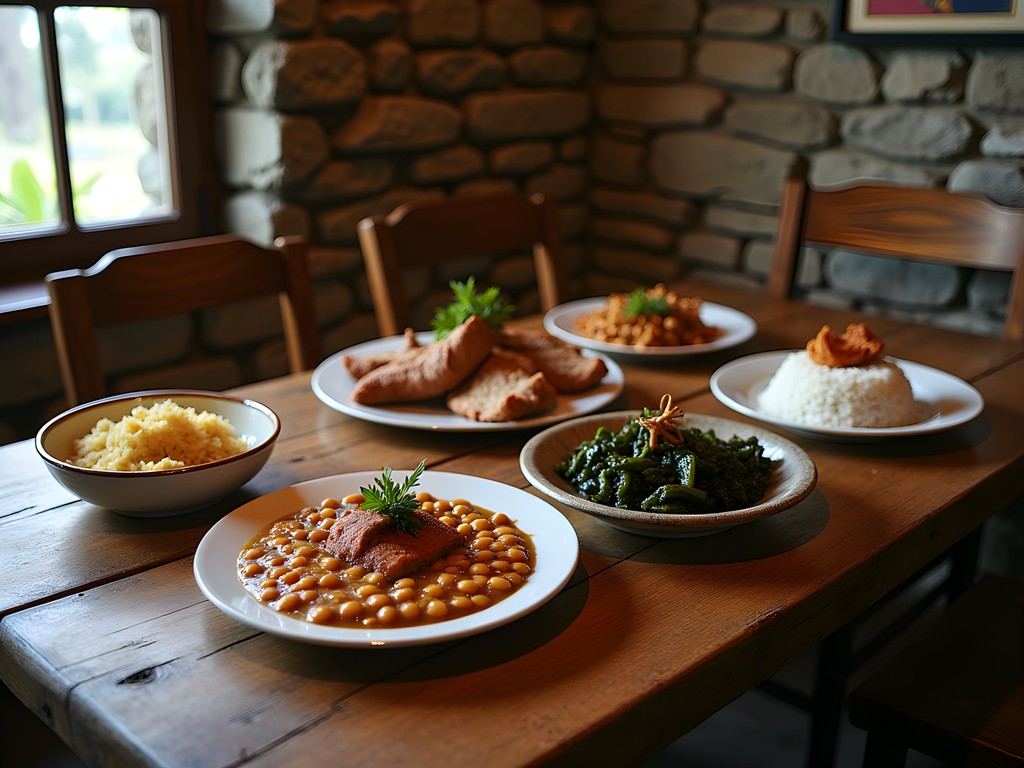
💡 Pro Tips
- Look for restaurants where the menu is handwritten daily – this indicates they're cooking what's fresh from local markets
- True Mineiro meals are served 'PF style' (prato feito) – a complete plate with rice, beans, meat, and a small salad for about R$25-35
- Ask for 'um pingado' with breakfast – the local way to order coffee with just a drop of milk
The Underground Circuit: Mines and Hidden Histories
Few visitors to Ouro Preto venture beyond the standard mine tours, but the city sits atop a honeycomb of tunnels that tell a far more complex story than the sanitized historical narratives.
My background investigating trafficking networks gave me a particular interest in how enslaved people created resistance networks through these very tunnels. While the standard Mina da Passagem tour is impressive, I connected with Luiz, a local historian whose grandfather worked the mines, for a different perspective.
'The official tours show you the gold,' Luiz told me as we descended into a lesser-known mine shaft on the outskirts of town. 'I'll show you the blood and resistance behind it.'
Equipped with proper headlamps, we explored sections where enslaved miners had carved small shrines combining Catholic imagery with West African religious symbols – a form of spiritual resistance hidden from overseers.
For those interested in this deeper history, the Museu da Inconfidência holds documents about mining resistance, but you need to specifically request the archives on 'resistência nas minas' – they're not part of the main exhibition. The museum staff, particularly Dona Helena who has worked there for 40 years, can provide context that no guidebook offers.
When exploring these underground spaces, a reliable water bottle with filter proved invaluable. The mountain springs that once supplied miners still flow through many tunnels, and locals consider this mineral-rich water to have healing properties.
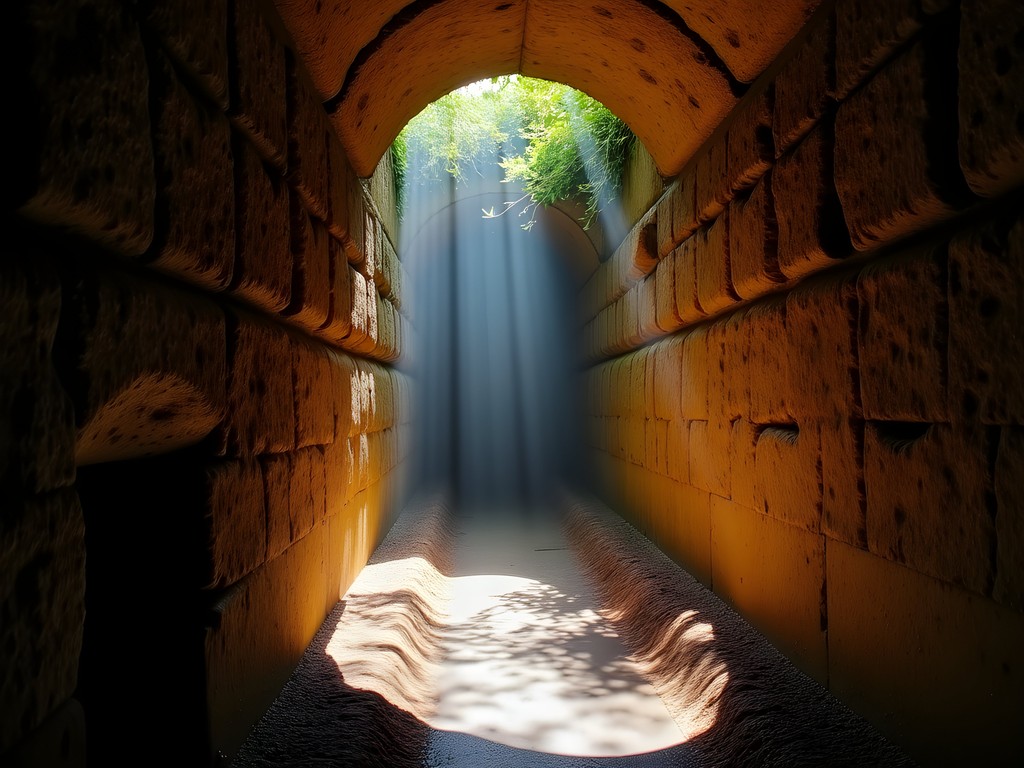
💡 Pro Tips
- Book the Mina da Passagem tour for the impressive scale, but then ask your guide about the 'minas esquecidas' (forgotten mines) for a more authentic experience
- Visit the Santa Efigênia Church, built by enslaved gold miners, where tour guides from the Black community share perspectives rarely heard in official histories
- The Mining School (Escola de Minas) offers free tours on Thursdays with engineering students who explain the technical aspects of colonial mining
Festival Seasons: Timing Your Visit with Local Celebrations
My years documenting folklore taught me that festivals reveal a community's true character. Ouro Preto's calendar is punctuated by celebrations that transform the usually tranquil city into a vibrant cultural showcase.
Semana Santa (Holy Week) sees the cobblestone streets carpeted with intricate designs made from colored sawdust, salt, and flower petals. I watched families work through the night creating these ephemeral masterpieces, using techniques passed down through generations.
'We don't sleep during Semana Santa,' laughed Maria, a local artisan, as she guided my hands to help pattern colored sand. 'But these are the memories our children will carry forever.'
For photography during these festivals, I rely on my portable tripod for low-light evening processions. The flexible legs can wrap around the uneven iron railings of Ouro Preto's balconies, giving you perfect vantage points above the crowds.
While Carnival gets more attention in Rio, Ouro Preto's celebration has a distinctly local character. Rather than the commercialized samba schools, here you'll find student 'repúblicas' (traditional student houses) hosting open-door parties where locals and visitors mingle freely. Each república has its own traditions – at Tabu, they've been brewing the same secret-recipe bathtub cachaca since 1962 (approach with caution!).
For protection from the intense sun during outdoor festivals, I never travel without my cooling neck gaiter. The Brazilian highland sun can be deceptively strong, and the quick-cooling fabric has saved me from heatstroke during long festival days.
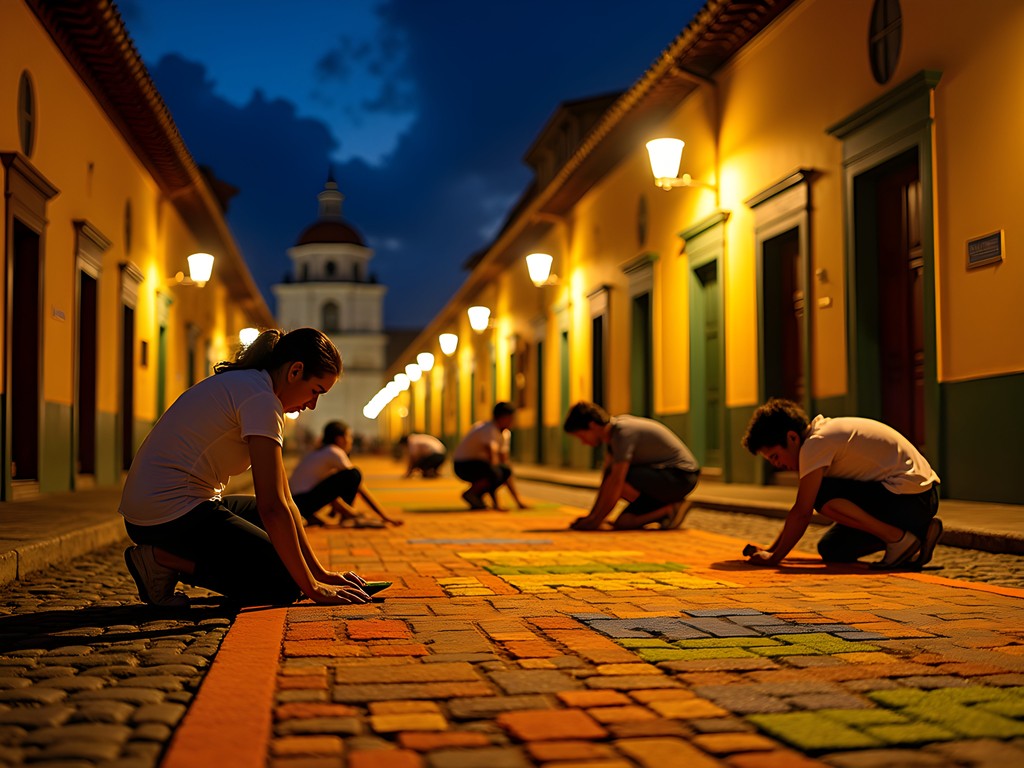
💡 Pro Tips
- Book accommodation at least 3 months ahead for Semana Santa and Carnival – the city fills completely
- For the Festival de Inverno (Winter Festival) in July, check the program at the Casa da Ópera – the oldest functioning theater in the Americas often hosts free concerts
- During festivals, the best viewing spots are from the steps of São Francisco church – arrive at least an hour early with a small cushion for comfort
Security Savvy: Navigating Ouro Preto Safely
My FBI background means security assessment is second nature, even on vacation. While Ouro Preto is relatively safe compared to Brazil's larger cities, its popularity with tourists creates opportunities for petty crime.
The steep, winding streets that give the city its charm also create blind corners and isolated passages. 'Tourists make predictable mistakes,' explained Officer Cardoso of the local Tourist Police during our conversation over coffee. 'They follow the same routes in guidebooks and display valuables without awareness.'
I've found that carrying a anti-theft crossbody bag allows me to blend better with locals while protecting essentials. The cut-proof straps and RFID blocking features provide peace of mind, especially in crowded festival situations.
The local expression 'segurança com simpatia' (security with friendliness) perfectly captures the balanced approach needed here. Making connections with neighborhood figures – the corner store owner, your pousada host, regular café staff – creates a network of people who'll look out for you.
Dona Elisa, who runs the small grocery near my rental apartment, exemplifies this. After our second meeting, she began alerting me to local situations – which streets to avoid during student protests, which days the banks would be crowded with pensioners collecting payments (prime pickpocket opportunities).
For evening exploration, I always carry a compact tactical flashlight. The steep streets have inconsistent lighting, and power outages aren't uncommon during mountain storms. The strobe feature has proven useful more than once when navigating uneven terrain after dinner.
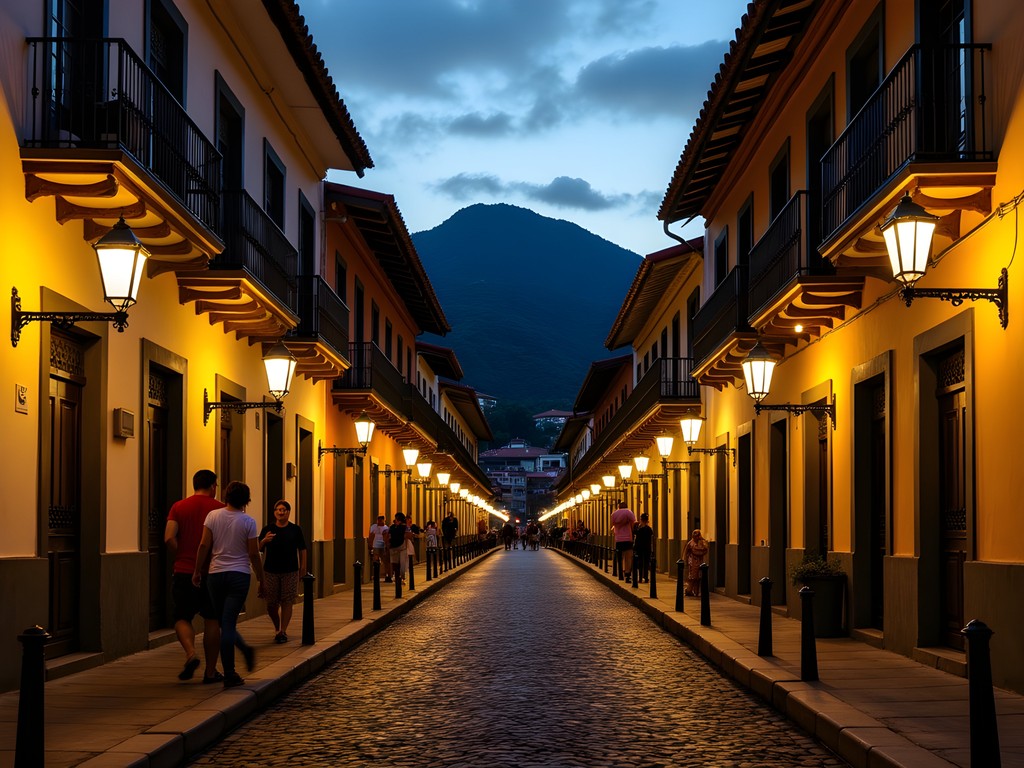
💡 Pro Tips
- Register with the Tourist Police (Polícia Militar do Turismo) upon arrival – they provide a local contact card and emergency numbers
- Use ATMs only inside banks during business hours – the standalone machines in tourist areas have higher skimming rates
- If taking photos with an expensive camera, bring a worn camera bag rather than one that screams 'new equipment inside'
Final Thoughts
As my week in Ouro Preto draws to a close, I find myself lingering at Café Geraes, watching the afternoon light transform the limestone façade of Nossa Senhora do Carmo church from white to gold. 'You'll be back,' says Eduardo, the café owner, with the certainty of someone who has seen many travelers fall under the city's spell. He's right – Ouro Preto works its way into your system like the gold dust that once permeated everything here.
Living like a local in this mountain city isn't about checking off churches or museums, though they're certainly worth your time. It's about slowing down to match the rhythm of a place where history isn't preserved behind glass but lived daily on streets built by 18th-century hands. It's about recognizing that beneath the UNESCO World Heritage façade beats the heart of a working Brazilian city with its own contemporary challenges and charms.
When you visit, resist the urge to rush. Let the steep streets force you to a contemplative pace. Accept invitations into family kitchens and student repúblicas alike. Most importantly, come with respect for a place that has survived both the boom and bust of gold, emerging with its character intact. Ouro Preto doesn't need to reinvent itself for tourists – its authentic self is more than enough.
✨ Key Takeaways
- Connect with neighborhood fixtures like shopkeepers and café owners for authentic local intelligence
- The best food experiences happen in family homes that open as informal restaurants
- Timing your visit with local festivals provides deeper cultural immersion beyond the tourist experience
- The steepest streets hide the most authentic neighborhoods – venture beyond the main historic center
- Building relationships with locals transforms your security situation from vulnerable tourist to connected visitor
📋 Practical Information
Best Time to Visit
Fall (April-June) or Spring (September-November)
Budget Estimate
$75-150 per day including mid-range accommodation and meals
Recommended Duration
5-7 days minimum to experience local rhythm
Difficulty Level
Moderate Due To Steep Terrain And Language Barriers
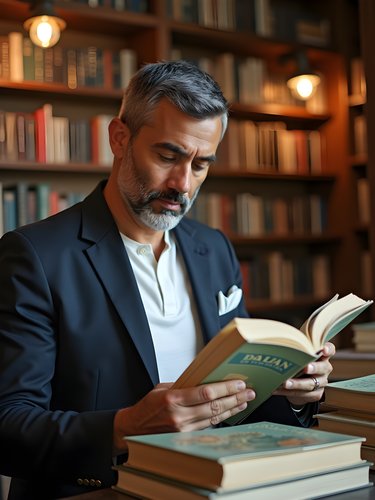
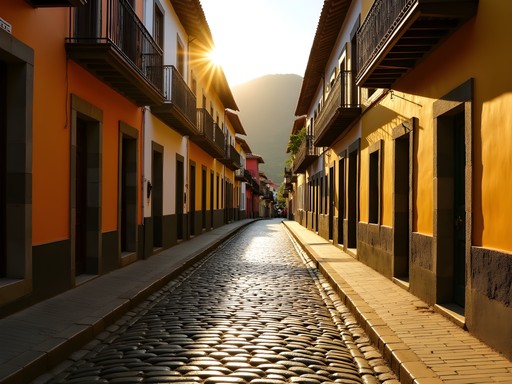

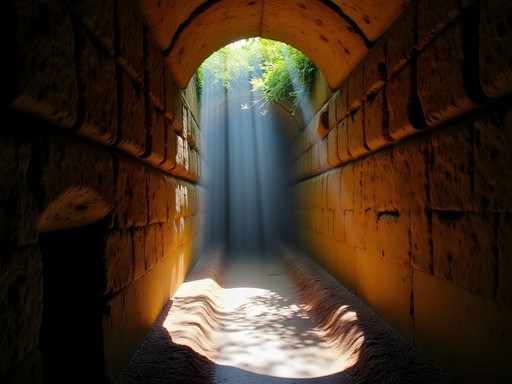
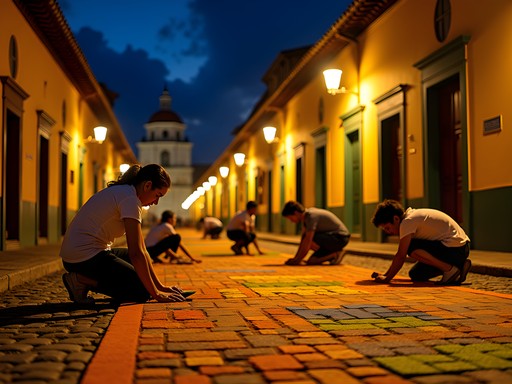
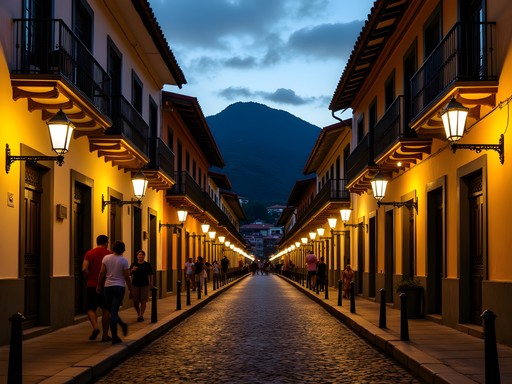










Comments
Sarah Powell
Ryan, your post captures the essence of Ouro Preto beautifully. I spent three weeks there last spring documenting the architectural details of the baroque churches for my blog. One thing I'd add to your excellent guide: the light for photography is absolutely magical during the golden hour, especially at Praça Tiradentes. The way it illuminates the soapstone sculptures is unlike anything I've seen elsewhere in Brazil. For anyone planning to visit during rainy season (November-March), the afternoon thunderstorms are predictable enough that you can plan indoor activities accordingly. Café Geraes became my regular shelter too - their pão de queijo is possibly the best in all of Minas Gerais!
hikingmate
Those churches are absolutely stunning! Adding to my bucket list!
Frank Garcia
Great write-up on Ouro Preto! Having just completed my analysis of 12 colonial Brazilian towns, I'd add that Ouro Preto stands out for authenticity. The student population keeps it from feeling like a museum. For budget travelers: the university hostels offer incredible value at 60-70 reais/night if you book directly through UFOP website (though expect basic amenities). The free walking tours that start at Praça Tiradentes at 10:30am are surprisingly comprehensive - our guide João was an architecture student with encyclopedic knowledge of baroque influences. One correction to the post though: the bus from Belo Horizonte now runs every 30 minutes (not hourly) and the new terminal is much more organized than when you visited. Final tip: download Maps.me before arrival - Google Maps struggles with the vertical complexity of the city layout.
journeyguy
Just got back from Ouro Preto last week and this post nails it! The tip about Café Geraes was spot on - their pão de queijo is the best I had in Brazil. One thing to add about the mines: bring a light jacket even if it's hot outside. The temperature drop underground is no joke! We did the Mina do Chico Rei tour and I was shivering by the end. Also, wear shoes with good grip - those mine tunnels can get slippery. I used my hiking shoes and they were perfect for both the mines and those killer cobblestone hills. Ryan, did you check out any of the cachaça distilleries in the region? We did a day trip to one and the tasting was... memorable (or not, depending on how many samples you try 😂).
luckyguide
How difficult is it to get around if you don't speak Portuguese? Planning a trip but language barrier has me worried.
Frank Garcia
I was there last month with basically zero Portuguese and managed fine! The tourist areas have enough English speakers, and Google Translate saved me everywhere else. I'd recommend downloading the Portuguese language pack on your phone before going, as signal can be spotty in some of the narrow streets. Also, learn basic phrases like 'obrigado' (thank you) and 'por favor' (please) - locals really appreciated the effort even when I butchered the pronunciation.
wildstar8319
Those terracotta rooftops look amazing! Is one week enough time to really explore Ouro Preto or should I plan for longer?
Sarah Powell
I'd say a week is perfect for Ouro Preto itself, but if you want to explore nearby towns like Mariana or Tiradentes (which I highly recommend), add 3-4 more days. The pace is slow there, which is part of its charm!
moongal
Anyone know if December is a good time to visit? Thinking about a Christmas trip!
Ryan Richardson
December is actually lovely - the weather is warm but not too hot, and there are often Christmas concerts in the churches with amazing acoustics. Just be prepared for afternoon rain showers!
Casey Andersson
Ryan, your post took me right back to my stay at Pousada do Mondego last year! I was lucky enough to visit during Semana Santa and the flower carpets lining the streets were absolutely breathtaking. For anyone planning a trip, I'd recommend splurging on one of the historic hotels in the center - yes, they're pricier than options further out, but waking up to those church bells and being able to wander home after dinner through the lit-up colonial streets is magical. One tip I'd add: book a private guide for at least one day. Our guide Paulo showed us hidden corners we'd never have found on our own, including a workshop where we watched artisans making those intricate soapstone carvings. Worth every real!
journeyguy
Do you remember which company you booked your guide through? Heading there in October and would love a recommendation!
Casey Andersson
I used Ouro Preto Experience Tours - ask for Paulo if he's available. His English is excellent and he's a history professor at the local university!
photodiver
Wow! That golden light on the churches at sunset looks magical! Adding this to my bucket list right now.
Ryan Richardson
Thanks! The light in Ouro Preto is something special - photographers call it the golden hour for a reason, but here it really lives up to the city's name!
mountainnomad
Those cobblestone streets are no joke! My calves were burning after day one, but totally worth it for the views.
Venture X
Premium card with 2X miles, $300 travel credit, Priority Pass